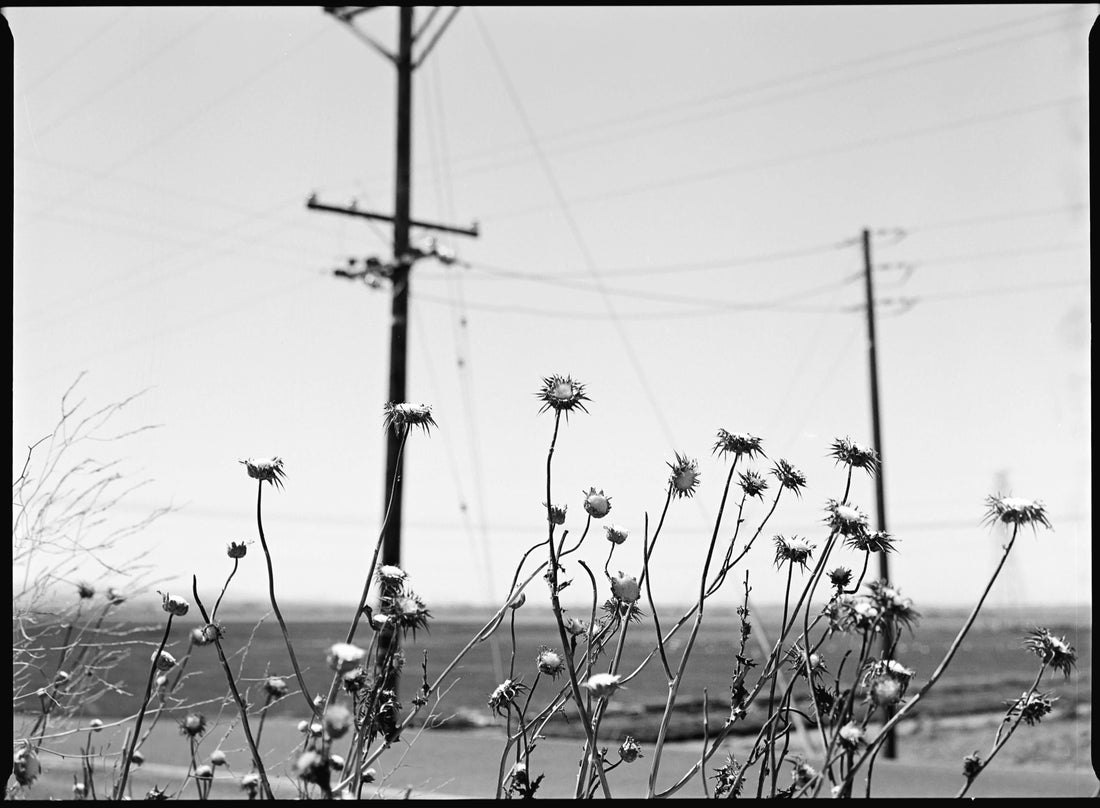
9 Easy Steps for Scanning Film Negatives
David TauScanning film negatives
Scanning film negatives using a digital camera is a process of converting the physical film into a digital image that can be stored and edited on a computer. Here are the steps you can follow to scan a film negative:
- Determining the film size holder: Cassette Film offers a multi-format system that's easy to set and use right out of the box.
- Level the diffuser: The built-in rubber leveling feet are a beneficial feature of the Cassette Film Diffuser, providing several advantages such as stability, vibration reduction, easy leveling, and aesthetically pleasing.
- Clean the negatives: Before you start scanning, it's essential to clean the negatives to remove any dust or scratches that could affect the quality of the scanned image.
- Load the negatives: Load the negatives into the film holder, ensuring they are in the correct orientation.
- Adjust the camera settings: As a starting point, try these settings. ISO 200, f8 aperture priority focus on the grain (I use focus peaking use it if you have it)! use a cable release/remote to limit camera shake.
- Digitize the negatives: Camera Settings and focus should remain consistent throughout the entire film role. After some practice, scanning a whole role in under a minute is possible. Have you tried flatbed scanning lately?
- Invert the image: After scanning, the image will appear negative. You'll need to use image editing software to invert the image, making it a positive.
- Adjust the brightness and contrast: You may also need to adjust the brightness and contrast of the scanned image to improve the final result.
- Save the scanned image: Once satisfied, save it in a format you choose, such as JPEG or TIFF. Don't forget to print your image as well. I’ve made a habit of printing 4x5
Shop the film holder for scanner from here.
